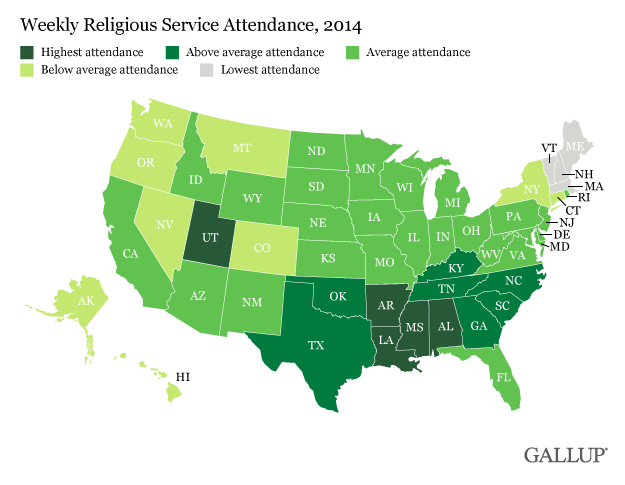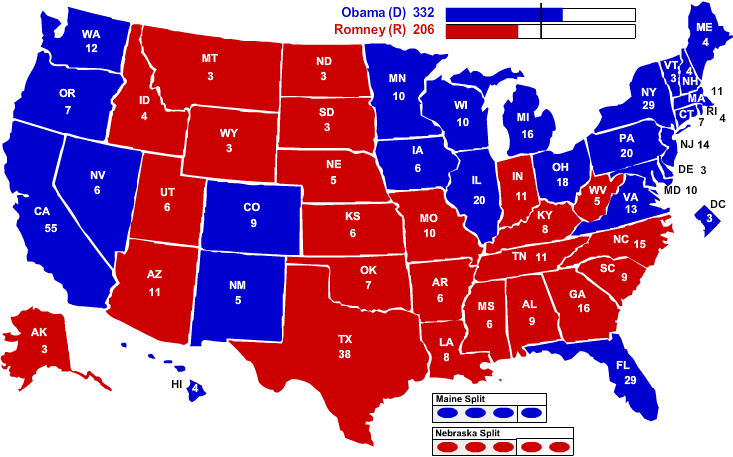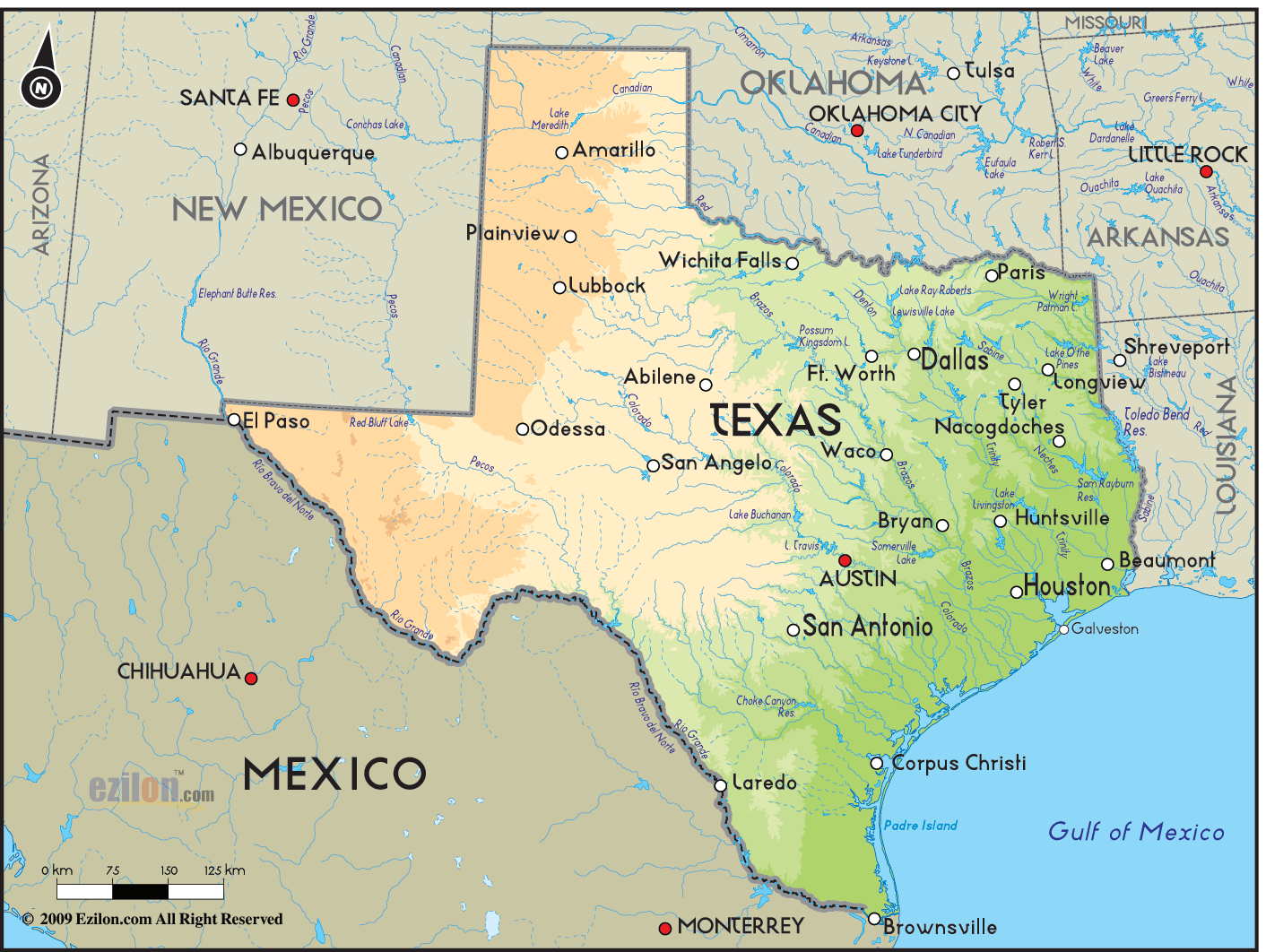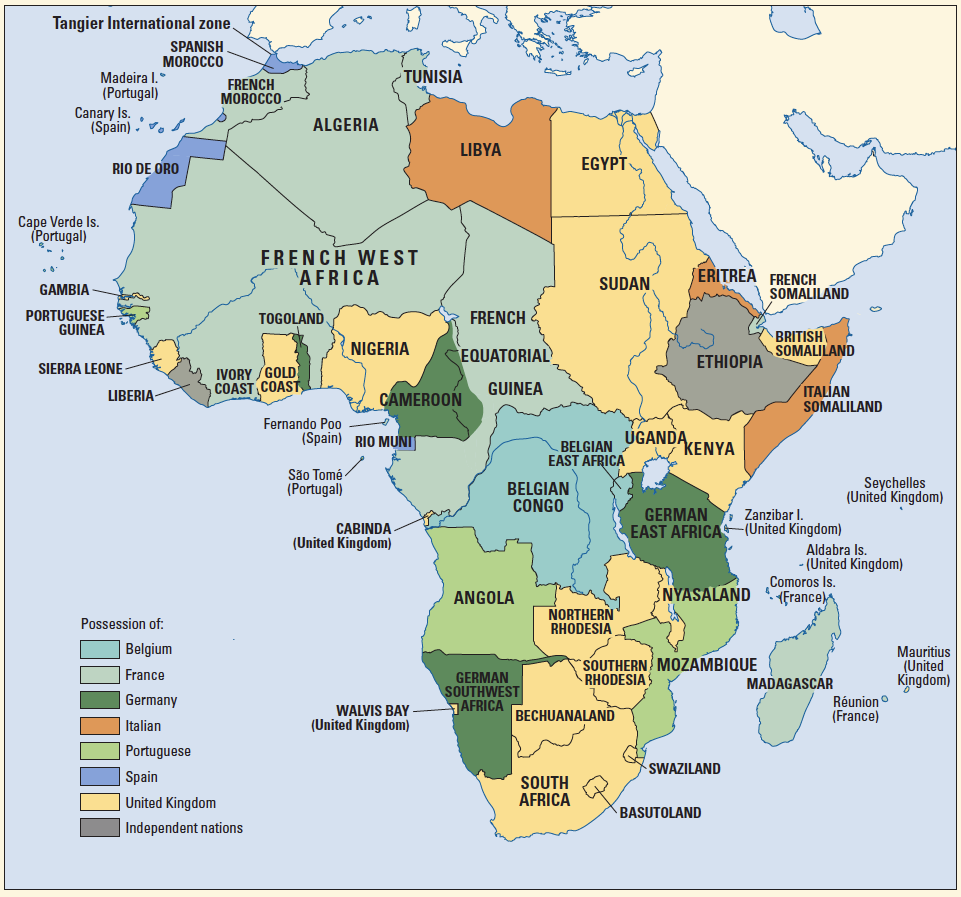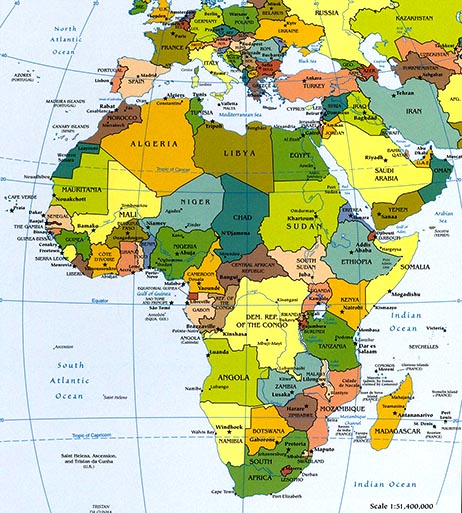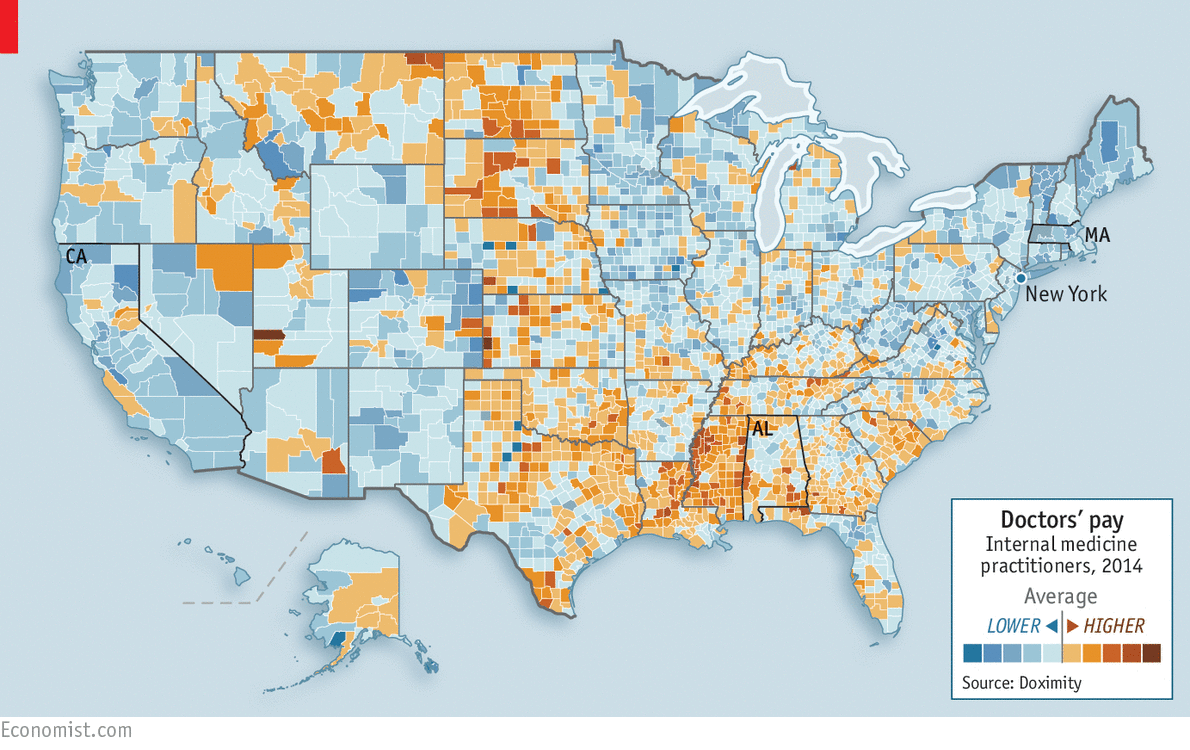There is
an article in
The Economist about the use that was made of quantitative models to forecast the incidence of Ebola in the current West African epidemic.
With more than 22,000 people infected, nearly 9,000 of whom died, this outbreak was the gravest ever. But it confounded experts who had feared much worse. In September the WHO predicted more than 20,000 cases by November (there were actually about 13,000). Around the same time, a worst-case prediction by America’s Centres for Disease Control and Prevention (CDC) of up to 1.4m cases (reported and unreported) by January 20th made the headlines. Others were similarly bleak. So where did models and reality diverge?
For a start, the models relied on old and partial figures. These were plugged into equations whose key variable was the rate at which each case gave rise to others. But this “reproduction number” changed as outside help arrived and those at risk went out less, avoided physical contact and took precautions around the sick and dead. So difficult are such factors to predict that epidemiologists modelling a disease often assume that they do not change at all.
I suspect that the authors of this article misunderstand the nature of disease models. One interpretation of such models is as "if, then statements".
If the parameters of the model are correct, and
if the relations implemented in the equations of the model are correct,
then the model's predictions are likely to be correct. A logician will tell you that in such statements, when the if statements are not correct, then no conclusions can be drawn.
Indeed, very often models are used with different parameters to show how different are the conclusions that follow from them. Thus
(For the CDC projections) it was the “very unlikely” worst-case scenario that grabbed the headlines. This assumed not only a stable reproduction number, but that known cases were just 40% of the total (based on the gap between the baseline model and figures for the number of people in treatment on a single day in August).
That is, the worst case scenario studied by the CDC was that each case of Ebola would generate as many new cases as the first ones did, continuing an exponential growth month after month. Moreover, it assumed that the origin of the epidemic in rural villages and the distrust of authority in those villages were such that the number of initial cases that actually came to the attention of medical authorities would only be three for every five people infected.
How does one obtain a parameter for the number of cases that officials don't know about? One guesses. Normally, one would run the model with different values to show a range of possible projections.
Similarly, epidemiologists are not naive; they know that over time people will learn to reduce the new infections per ill person. But how do the estimate the way this parameter will change over time? They guess. Again, it is common to do several projections with different scenarios for the reduction in the reproduction number -- the number of people on average to which each infected person passes his infection.
Indeed, one of the key uses for modeling of epidemics should be to help manage the public health effort in response to the epidemic. How much effort should be devoted to general health education? how much to keeping friends and neighbors from touching people sick with Ebola or their bodies after they die? How much to having teams bury the victims using full isolation and protective methods? The costs of each alternative can be compared with its likely effectiveness.
Ebola was poorly understood. There had been only a couple of dozen previous outbreaks, all in remote areas, all with small numbers of victims, and all with slightly different strains of the virus, one from another. Thus, it was only in this much larger epidemic was it learned that people ill from the disease became much more infectious as the disease progressed; thus only now can epidemiologists begin to quantify the advantage of early identification and isolation of people infected with Ebola.
The public health approach is now changing. At one point there were 1000 or more people being infected each week. The staff was still gathering and tooling up, and were running as fast as they could to educate the public, build trust, identify the new cases and get them into care, to train staff in procedures to limit infections in care facilities, and to bury the dead safely. Now that the incidence is much lower, the officials are going to greatly expand the effort to trace the contacts of each person who comes down with the disease, quarantine those contacts, and stop the chain of infections. As long as the disease is being transmitted, there is a possibility of an epidemic exploding again.
There was once a global campaign to eradicate malaria. It proved impossible to do so, and the small numbers of malaria victims in the countries from which it was not eradicated reinfected the world. Today we are near the global eradication of polio. However, there are a few focal spots left that could serve as the source to reinfect the world; indeed, we were very close to eradicating the disease a few years ago, but there was resistance to the immunization campaigns leading to continuing new cases; when some of these ill persons traveled, they reintroduced the disease into other countries.





